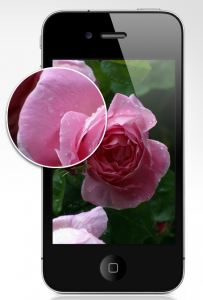
Last week, I began a little experiment to test out the veracity of Apple’s claims about one of the new iPhone 4’s most touted features: the Retina display.  In particular, the claim is: “the Retina display’s pixel density is so high, your eye is unable to distinguish individual pixels.”
Well, after subjecting the previous iPhone model, the 3GS, to a little bit of optical testing, we here at the lab have managed to gain access to one of the new specimens and have repeated our tests. Â And as promised, here are the results.
First, a general overview of the iPhone 4 screen:
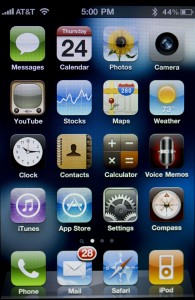
Obviously the above image is a greatly scaled-down view. Â To see the whole thing, you’ll want to click here (sorry, slow-internet users). Â Right off the bat, you hold this phone in your hand and you see a HUGE improvement over the previous display. Â For the most part, the 3GS screen isn’t that bad when you look at it alone. Â It does a pretty good job of doing what it has to do to deliver a decent image. Â But the iPhone 4… wow. Â Just… wow. Â It’s incredibly crisp, and puts the previous generation screens to total shame.
Is it like holding a sheet of paper in your hand, like Apple claims? Â No, not exactly. Â Paper still has a better crispness to it. Â But, this screen is still pretty damned clear. Â And at least to my eyesight, Apple is right: I couldn’t make out individual pixels.
But, what about our little friend, with the much bigger eye and the much better eyesight?
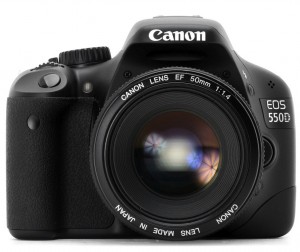
Well, he’s been waiting for this moment. 🙂
The lab was set up as before: the camera fitted with a 60mm macro lens, and mounted at the closest distance it would focus (0.2m). Â And here’s what it saw:
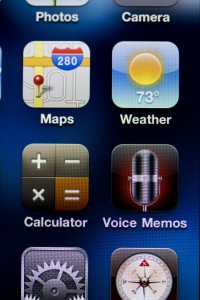
Again, this is reduced. Â Here’s the full size version.
Long story short: yes, the Canon with the nice macro lens can still see the pixels on the new display. Â But, that doesn’t really tell us much. Â How does the new display stack up to the old one?
Let’s compare. Â Here’s a reduced-size, side-by-side image of the Calculator app icon on the 3GS (left), and the iPhone 4 retina display (right):
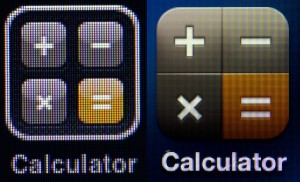
And here of course, is the full-size image. Â But even from the reduced image, it’s blatantly evident: there’s a BIG improvement between the old display and the new.
To drive the point home, here’s a pixel-for-pixel closeup:
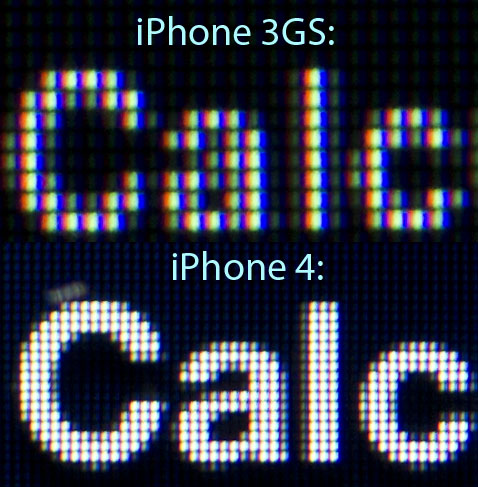
Apple’s hard technical figures are spot-on: there’s effectively a 4:1 pixel increase in the new display over the old one, and the resulting improvement is significant. Â In fact, it’s actually pretty hard to go back to using the previous-gen display after playing with the new one for a while.
Realistically and objectively though, is this alone worth the upgrade? Â For some people, I would argue yes, particualrly if you use your iPhone a lot. Â The new display is easier on the eyes, and has a nice vibrance to it.
On the other hand, a casual user might get the same wow-factor from looking at the new screen but wouldn’t quite benefit that much. Â At the very least, there aren’t any iPhone apps as of this writing that absolutely require the better screen. Â Though, that may change in time.
I certainly would wait until after the current waiting-line hysteria has died down. Â It should be clear to any reasonable that until the lines start to dwindle as the early adopters finally get their gadgets, the chances of getting one in the immediate future if you haven’t already are slim.
As with the previous screen test, a gallery of test pics can be viewed after the cut:
Read the rest of this entry »
